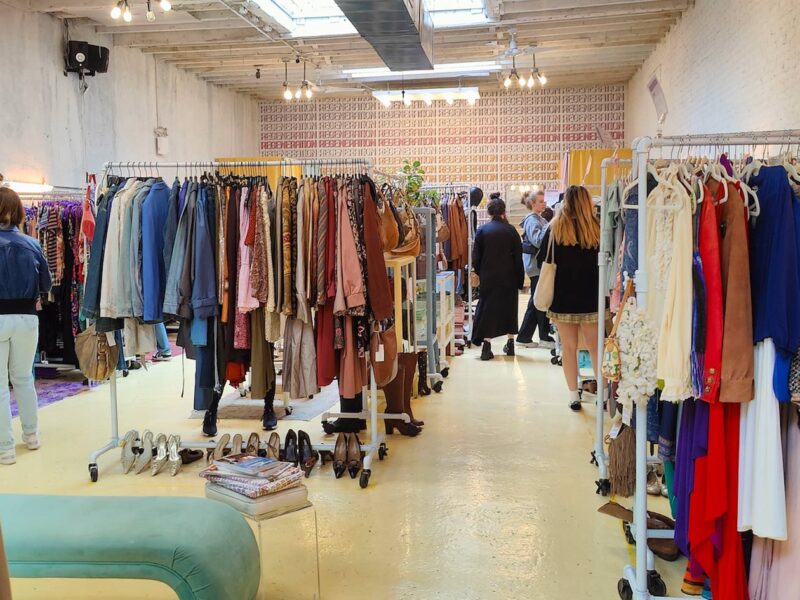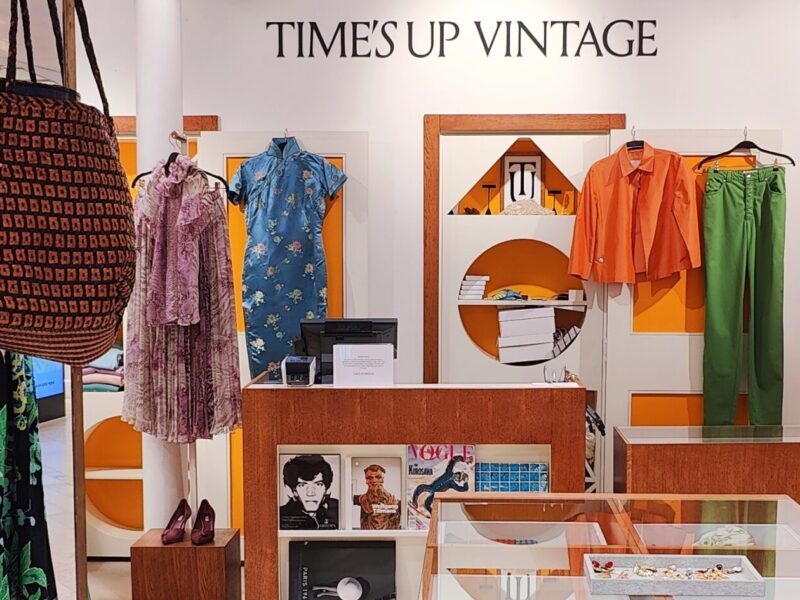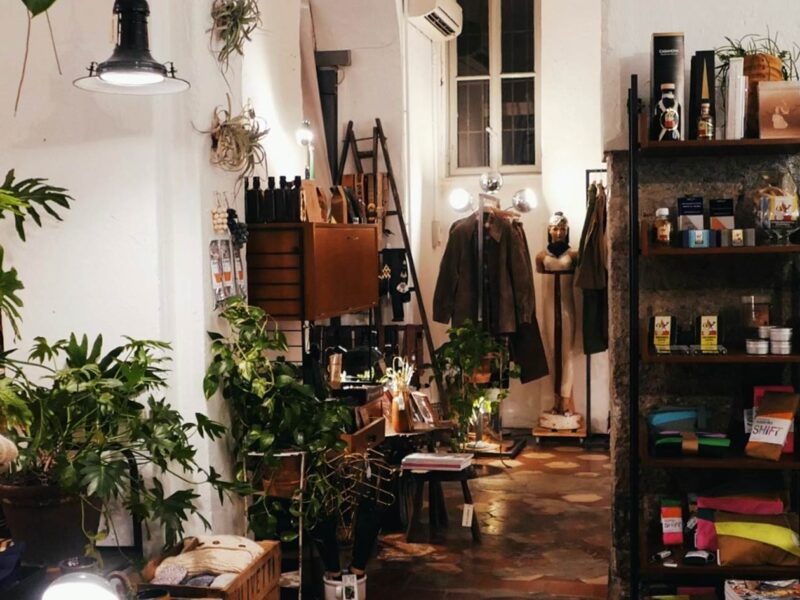The fashion industry can be given 2 intros:
1. It’s about glamour, style, self-expression, trends and
and social status.
or
2. It’s about excessive water usage, carbon emissions, waste and a significant contribution to global ecological challenges.
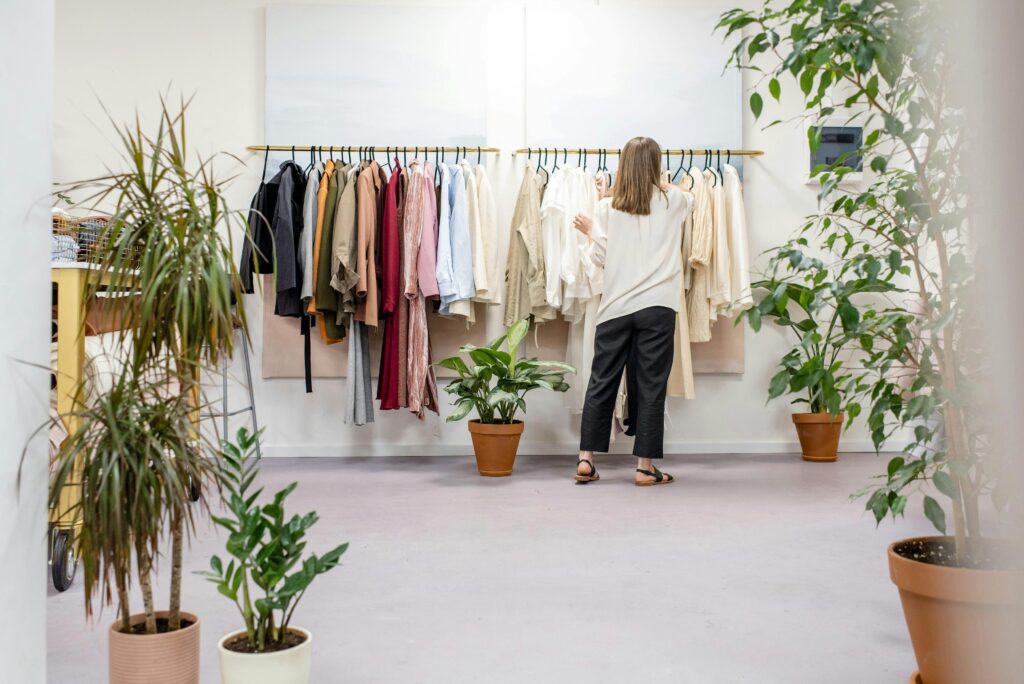
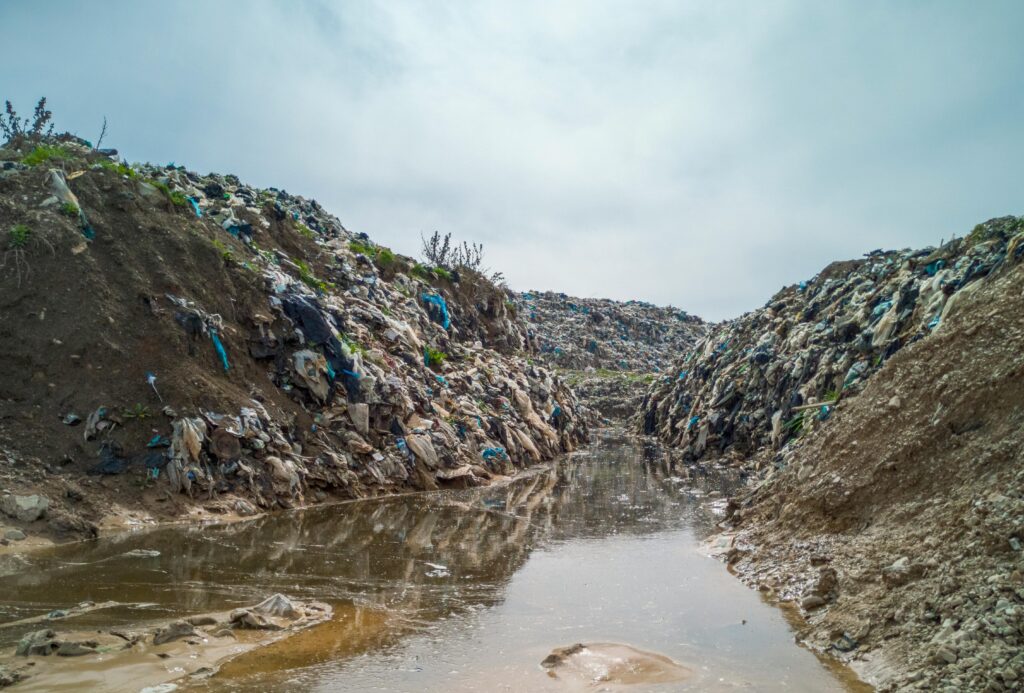
January 2025
Luckily. The industry has produced so much by now that we could wear new clothes for years without the industry producing anything new.
So, secondhand fashion has emerged as a potential solution, a mediator, to bridge the gap between the two intros. But is secondhand fashion truly sustainable? Continue reading this 1 year’s wardrobe update story to find out!
Mathilde's story
I could waffle about economic and social impacts of the secondhand industry. Or tell you about reducing waste while buying pre-loved. But you’ve heard these facts. So let’s look at the question from a different angle.
What changes when we shop secondhand instead of newly produced clothes?
Mathilde, a 30-something metropolitan fashionista, has a keen eye for style that’s luxurious yet approachable. She values well curated outfits, yet shops entirely from secondhand boutiques, vintage markets, and online resale platforms, blending high-end luxury and mid-range brands.
So her story gives us quite a bit to think about when trying to answer – is shopping secondhand shopping truly the sustainable.
For Mathilde, secondhand fashion isn’t just about a mindful choice; it’s an essential part of her stylish and socially-conscious lifestyle. When looking at some key shopping moments for her throughout the year, you can clearly see the difference it makes! Both in terms of sustainability and affordability.
Spring: Fresh Beginnings
Every fashionista awakes in spring, looking for fresh finds for multiple occasions.
A birthday calls for a new outfit!
For her birthday soirée, Mathilde finds a statement Stine Goya silk blouse (€60, new: €250) with bold geometric prints, paired with tailored black trousers (€40, new: €150). She completes the look with soft pink lipstick and a touch of highlighter, inspired by the glowing elegance of Grace Kelly. The result is a a bold yet sophisticated ensemble.
By avoiding new production, Mathilde saves €300 and prevents 2 kg of new textile waste.
What should one wear for a job interview?
A career opportunity calls for a polished yet approachable outfit. Mathilde chooses a secondhand Sandro Paris blazer (€90, new: €350) over a white silk blouse (€40, new: €120) and cigarette trousers (€40, new: €100). Her makeup features a classic red lip reminiscent of Audrey Hepburn and subtle eyeliner. Walking into the interview, Mathilde feels confident, knowing her look is professional yet personal. But actually – also mindful!
Her outfit saves her €400 and avoids 3 kg of textile waste, demonstrating that sophistication can be secondhand.
Summer: sun-kissed adventures
Summer brings festivals, relaxing on the beach and endless white nights. Of course we are going to upgrade our wardrobe! But what does it look like with secondhand clothes?
Best friend's wedding
For her best friend’s wedding in Provence, Mathilde discovers a flowing Ganni floral midi dress (€80, new: €300). She pairs it with vintage jewellery (€30, new: €150) and strappy gold sandals (€40, new: €120). Her makeup features glowing skin, soft blush, and a nude lip inspired by Gigi Hadid’s “no-makeup makeup” look. Guests praise her effortless elegance, with no hint that her outfit is pre-loved.
Mathilde saves €420 and prevents 1.8 kg of waste.
A summer full of colours and banging outfits
Planning her getaway to the Amalfi Coast, Mathilde assembles a capsule wardrobe: a retro swimsuit (€25, new: €100), breezy linen trousers (€30, new: €120), and a raffia tote bag (€20, new: €60). She completes her beachy look with bronzed cheeks and coral lipstick, reminiscent of Brigitte Bardot.
Her chic and practical choices save her €205 and reduce textile waste by 1.5 kg.
Autumn: time to get cosy
New season, new colours that attract us. Burgundy, washed forest greens and golden-orange. The wardrobe keeps evolving thoughout the year.
Best friend's wedding
As the weather cools, Mathilde refreshes her work wardrobe with pre-loved knitwear and outerwear. She discovers a Sandro Paris wool coat (€130, new: €450) and pairs it with a secondhand cashmere jumper (€60, new: €250) and vintage leather boots (€60, new: €200). Her makeup is understated, with earthy tones and a touch of mascara for a polished daytime look.
The effortlessly chic outfit saves her €650 and prevents 4.2 kg of waste.
Let's get creative for halloween!
For a Halloween party, Mathilde creates a gothic-inspired look. She finds a black lace midi dress from Maje (€50, new: €250) and accessorises with a vintage choker (€20, new: €80). Her makeup is bold, with dark plum lipstick and smoky eyes inspired by the glamour of Morticia Addams.
Her outfit saves €260 and avoids 1.2 kg of waste, showing that secondhand can be perfect for creative occasions.
A professional challenge - getting on a conference stage as a speaker
Mathilde is invited to speak at a prestigious fashion conference. She chooses a tailored Alexander McQueen trouser suit (€200, new: €3,000) from a high-end consignment shop, paired with vintage pearl earrings (€50, new: €300). Her makeup is bold yet refined, with a power red lip and sleek eyeliner inspired by Amal Clooney’s polished style. Her secondhand choices perfectly align with her message of being mindful with fashion.
With this on-stage outfit, Mathildle saves €3,050, avoiding 4.5 kg of textile waste.
Winter: Festivities and cold dark nights
Winter calls for warmth in our outfits. But what happens when you ditch buying “newly-produced” and opt for a secondhand winter wardrobe?
Best friend's wedding
At her office Christmas party, Mathilde sparkles in a Sezane golden sequin dress (€80, new: €300) with vintage gold heels (€40, new: €180). Her makeup features natural beige eyeshadow and a classic red lip, evoking old glamour.
The look is captivating. And saves her €360 and reduces textile waste by 1.5 kg.
The chilly winter days
For the chilly season, Mathilde invests in a cosy shearling coat (€180, new: €1,200) and a cashmere scarve (€30, new: €150). Her winter makeup includes dewy skin, rosy blush, and a touch of soft brown eyeliner.
These timeless pieces save her €1,140 and prevent 3 kg of waste, proving that secondhand can offer both warmth and style.
Mathilde’s year in total numbers
Over the year, Mathilde:
Spends €1,205 on her wardrobe, compared to €9,500 if she had bought the same items new—a saving of over €8,000.
Prevents an estimated 22.7 kg of textile waste, showcasing the environmental and financial benefits of secondhand fashion.
Mathilde’s lifestyle proves that secondhand shopping is more than just sustainable—it’s an avenue to discover individuality, luxury, and timeless elegance. But the key here is to chooce quality over quantity. And secondhand fashion allowes us exactly that – get access to clothes otherwise out of budget, most often with much better quality, than fast-fashion.
Fashion's problem in numbers
Before we look at the possible benefits of shopping secondhand, let’s have a look at where the fashion industry stands.
5 facts about newly produced clothes and the fashion industry (why choose secondhand fashion as a sustainable alternative!)
- The fashion industry is responsible for approximately 10% of global carbon emissions annually (more than international flights and maritime shipping combined!) (Ellen MacArthur Foundation, 2017).
- Producing a single pair of jeans can require up to 7,500 litres of water (equivalent to the amount an average person drinks over seven years!) (UNEP, 2019).
- Every year, 92 million tonnes of textile (to visualise – this is 36.8 million Olympic-sized swimming pools) waste are generated globally, much of which ends up in landfills or incinerated (Global Fashion Agenda, 2020).
- The dyeing and treatment of textiles account for 20% of global wastewater, making the fashion industry one of the largest polluters of clean water (World Bank, 2019).
- Synthetic fibres like polyester, which make up about 60% of garments, can take hundreds of years to decompose and release microplastics into waterways (IUCN, 2017).
Get exclusive stories for secondhand & sustainable fashion enthusiasts!
Only together we can empower the world to shift ⭐ ! Inspiration, ideas and tips tailored with love directly to your mailbox.
Join our community:




